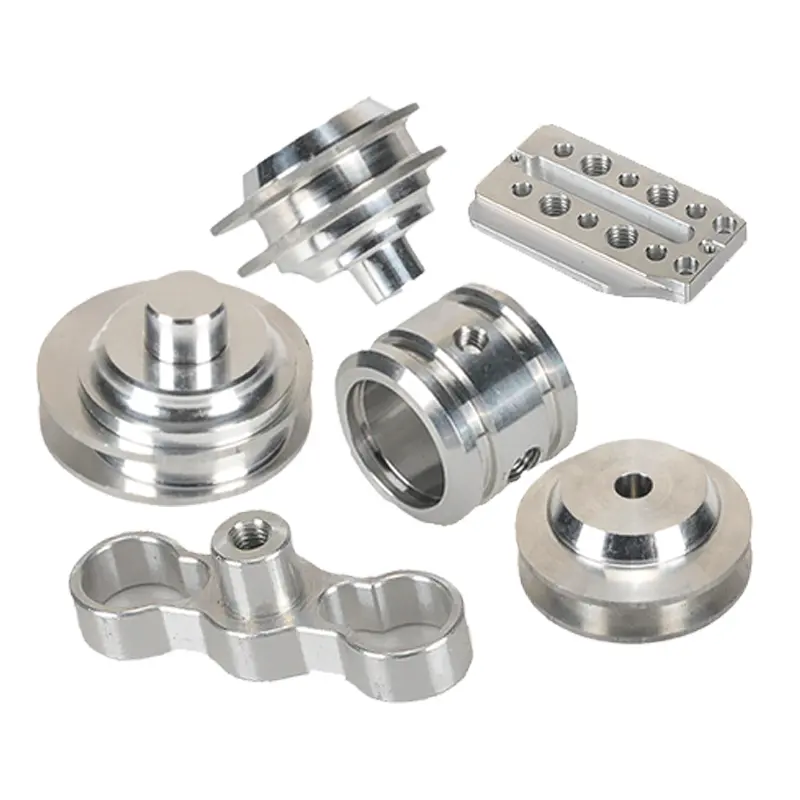

Time:2025-06-07 Views:1

Thermal imaging technology has become an essential tool for monitoring the temperature of CNC machine tools, offering valuable insights into the operational status and performance of these complex machines. Temperature monitoring is crucial for CNC machine tools as excessive heat can lead to a variety of problems, including reduced machining accuracy, accelerated wear of components, and even machine breakdowns.
Thermal imaging cameras work by detecting the infrared radiation emitted by objects, which is directly related to their temperature. When used to monitor CNC machine tools, these cameras capture thermal images of the machine's components, such as the spindle, bearings, motors, and cutting tools. The thermal images are then processed by specialized software to convert the infrared data into a visual representation of temperature distribution, with different colors indicating different temperature levels.
One of the key benefits of thermal imaging for CNC machine tool temperature monitoring is its non - contact nature. This allows for continuous and real - time monitoring without interfering with the machining process. The thermal imaging system can be mounted at a safe distance from the machine, yet still provide detailed temperature information about all critical components. For example, by regularly monitoring the temperature of the spindle bearings, operators can detect early signs of overheating, which may indicate issues such as insufficient lubrication or misalignment. Early detection enables timely maintenance actions to be taken, preventing costly breakdowns and downtime.
Thermal imaging also helps in optimizing the machining process. By analyzing the temperature distribution across the cutting tool and the workpiece during machining, engineers can adjust machining parameters, such as cutting speed, feed rate, and coolant flow, to achieve more efficient and accurate machining. For instance, if the thermal image shows that a particular area of the cutting tool is overheating, the cutting speed can be reduced or more coolant can be applied to that area to maintain an optimal temperature.
In addition, thermal imaging data can be used for predictive maintenance. By tracking temperature trends over time, machine learning algorithms can be employed to predict when a component is likely to fail due to excessive heat. This proactive approach to maintenance reduces unplanned downtime, extends the lifespan of the CNC machine tool, and ultimately improves the overall productivity of the manufacturing facility.
Read recommendations: